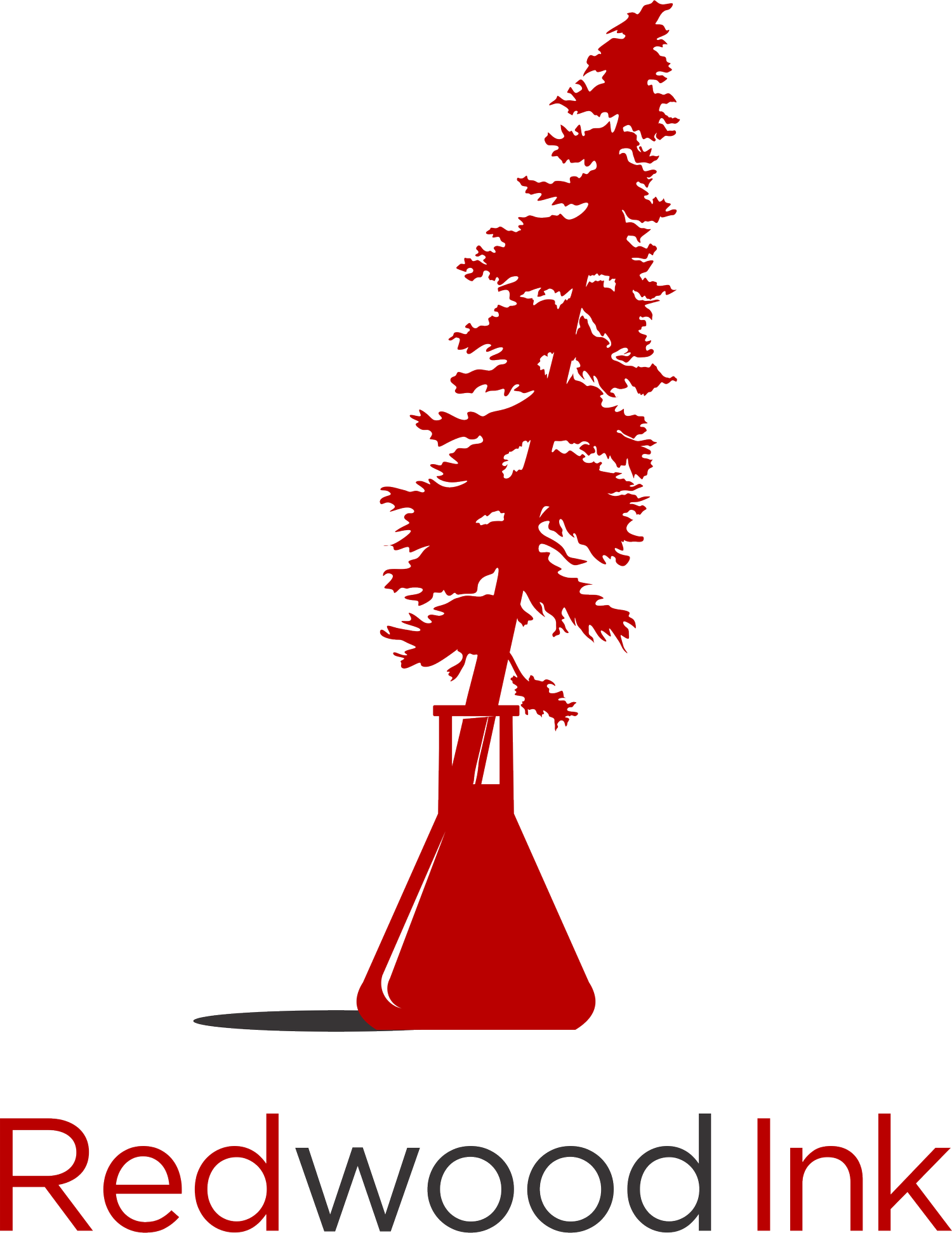Interlude: Email Invitations, Predatory Journals, and Disappearing Papers
Earlier this week, I opened my inbox to find an invitation to submit an article to a journal. My first thought was, "How delightful!"
Then I read the email.
At first, the email seemed legit. Although I hadn't heard of the journal, the name seemed plausible. And the email referred to me by name and mentioned the title of one of my publications.
So, I took the next step: I checked the email address of the sender.
That's right. I've read a lot about predatory journals, so I always check the sender's email address before clicking on anything in these types of emails.
And I'm glad I did.
The email address was a generic address that clearly wasn't from a specific web domain of the "journal." Red flag.
To be extra sure, I also googled the journal name (I did not click any links in the questionable email). Believe it or not, I found a website for the "journal." The website had all the elements you might expect: a landing page, author guidelines, a mission statement. But the design was shoddy, the text was poorly written, and the website used a submission form rather than a portal. More red flags.
So I promptly deleted the email.
This wasn't the first email of this kind that I've received. And I anticipate that you have likely received similar emails.
I've even met researchers who put hours and hours into writing and submitting a manuscript, only to discover that they submitted to a predatory journal. It's heartbreaking.
However, sometimes these email invitations are real. So when you get these emails, do your homework before clicking any links, downloading any documents, replying to the sender, or submitting anything to the "journal." If everything checks out, you might be on your way to a great opportunity.
Now onto this week's round-up...
💌 Round-up
👓 Reading
Millions of research papers at risk of disappearing from the Internet
"More than one-quarter of scholarly articles are not being properly archived and preserved. . . The findings...indicate that systems to preserve papers online have failed to keep pace with the growth of research output."
US project seeks standard way to communicate research retractions
”A large part of what we’re recommending is modifications in how retraction information — including article titles and author names — is shared. We recommend that all journals use the same format to label retracted papers, as well as those that have been flagged with other editorial notices.”
💬 Quote
"Writing is the only way to talk without being interrupted." – Jules Renard
💭 Thoughts
Writing from an outline is like driving with a map.
It's easier to get to your destination of a finished draft if you have clear directions to get there.
✅ Action
If you receive an invitation to submit a manuscript to a journal, take just a minute to do a little research first. The easiest indicator is to check the email address of the sender. If the email address doesn't look legit, delete the email.
Thank you so much for reading.
Warmly,
Crystal
